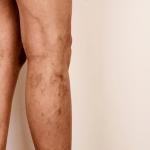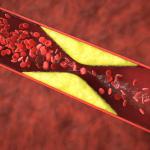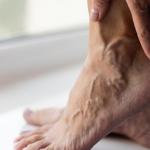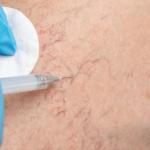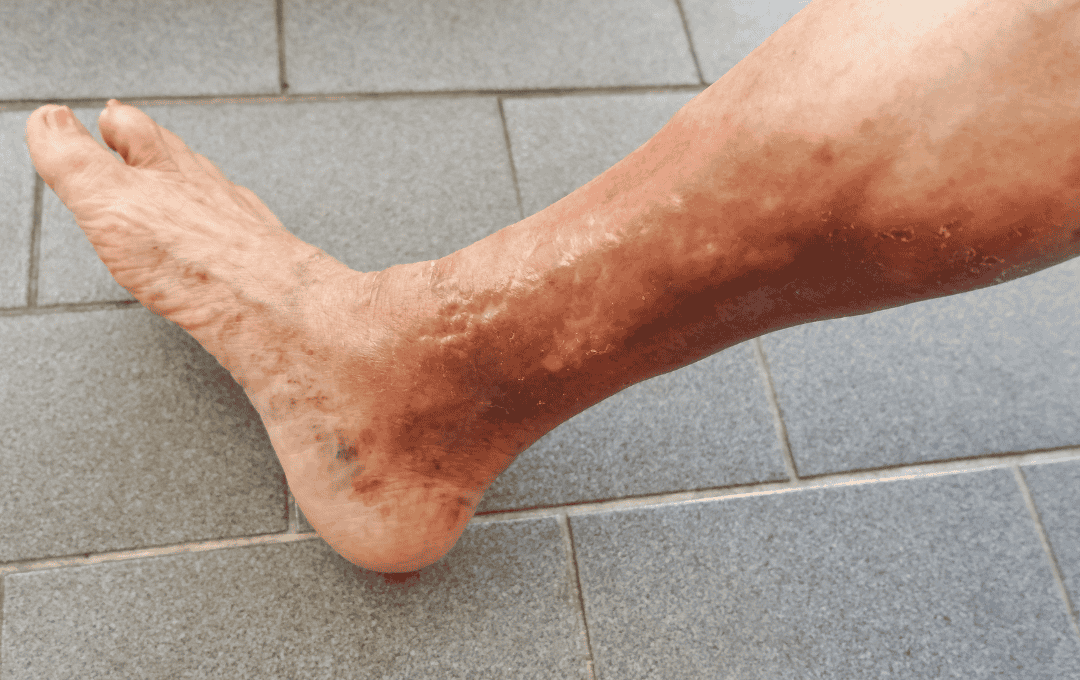
A burst vein can be painful, alarming, and potentially dangerous if left untreated. While some cases may only cause minor discomfort, others may signal a more serious vascular issue. Knowing the signs of a burst vein can help you decide whether self-care is enough or if you should seek medical attention.
What Is a Burst Vein?
A burst vein occurs when the walls of a vein become weak and rupture, causing blood to leak into the surrounding tissue. This can happen under the skin, inside muscles, or even deeper in the body. Burst veins are often associated with varicose veins, injuries, or underlying vascular conditions.
Common Signs You Have a Burst Vein
Sudden Pain or Tenderness
A sharp or throbbing pain at the site of the vein may be the first sign of rupture. The discomfort often worsens when standing or walking and may feel similar to a pulled muscle.
Swelling in the Affected Area
After a vein bursts, blood and fluid leak into nearby tissues, which can cause noticeable swelling. This may look like puffiness around the vein or present as a firm lump beneath the skin.
Skin Discoloration or Bruising
Bruising is one of the most obvious indicators of a burst vein. Blood pooling under the skin creates patches of red, purple, or blue that may spread over time. Unlike a typical bruise from an injury, discoloration from a burst vein may appear suddenly and without a clear cause.
Warmth Around the Vein
Another common sign is warmth in the affected area. As the body responds to the rupture with inflammation, the skin above the vein may feel hotter than surrounding areas. This can be particularly noticeable in the legs where varicose veins are more common.
Bleeding Through the Skin
In more severe cases, especially when varicose veins rupture near the surface, the skin may break open and bleed. External bleeding from a burst vein should always be treated as an emergency and requires immediate medical attention.
When to See a Doctor
Not every burst vein is a medical emergency, but you should seek care if you experience:
-
Excessive or uncontrolled bleeding
-
Severe pain or swelling
-
Recurrent burst veins
-
Signs of infection (redness, warmth, pus, or fever)
-
Difficulty walking due to leg pain or swelling
Risk Factors for Burst Veins
Several factors increase the likelihood of developing a burst vein. People with varicose veins or chronic venous insufficiency are more prone to ruptures because their vein walls are already weakened. Blood clotting disorders can also increase risk, as can physical injury or trauma to the legs. Lifestyle habits play a role too—those who spend long hours standing or sitting without movement may experience added strain on their veins. Finally, natural aging thins vein walls over time, making ruptures more likely.
Treatment for Burst Veins
Treatment depends on the severity of the rupture. In mild cases, rest, leg elevation, cold compresses, and compression stockings can help manage discomfort and swelling. If the rupture is more moderate, a vein specialist may recommend minimally invasive treatments such as sclerotherapy or laser procedures to address the underlying venous weakness. Severe cases—particularly those involving uncontrolled bleeding or significant vascular damage—require immediate emergency care to prevent further complications.
Preventing Burst Veins
While not all cases can be prevented, lifestyle changes can reduce your risk:
-
Exercise regularly to improve circulation
-
Maintain a healthy weight
-
Avoid long periods of sitting or standing
-
Wear compression stockings if you have varicose veins
-
Seek early treatment for venous disease
Next Steps
Recognizing the signs you have a burst vein is essential for protecting your health. While minor cases may only cause discomfort, recurring or severe symptoms should not be ignored. If you suspect a burst vein, especially if bleeding occurs, consult a vein specialist right away for proper diagnosis and treatment.


